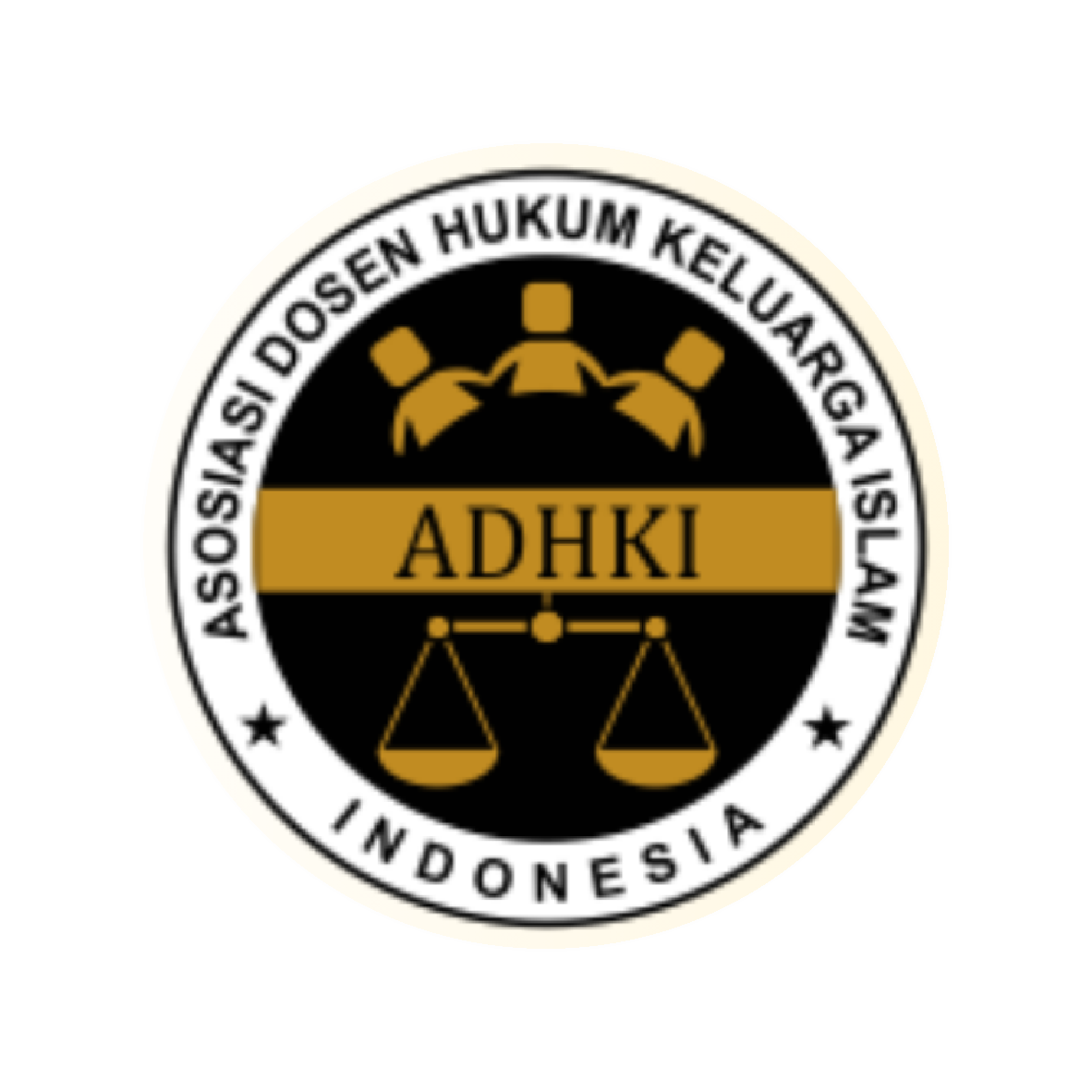Integrating Al-Kafaf and Al-Kifayah in Malaysian Income Assessment: An Islamic Economic Perspective on Holistic Well-being
Abstract
This study critiques Malaysia’s traditional income-based classifications (B40, M40, T20) for failing to capture multidimensional poverty amid rising living costs and regional disparities. It introduces Islamic economic concepts—al-kafaf (minimum subsistence threshold) and al-kifayah (broader sufficiency standard)—as alternative frameworks for assessing household income within modern B20, M50, and T30 classifications. Using qualitative methodology combining case studies with conceptual-comparative analysis, the research examines the limitations of conventional income metrics. Findings show that traditional classifications effectively show income gaps but inadequately reflect actual living costs and regional economic variations. Al-kafaf establishes a basic survival baseline, while al-kifayah offers a holistic measure incorporating education access, healthcare, and quality of life. This integration improves welfare and zakat targeting while contributing to more equitable policymaking frameworks. The study advances Islamic economic theory by proposing a holistic approach to measuring economic well-being that better aligns with current socioeconomic realities. The primary academic contribution of this study lies in the development of a more contextual and multidimensional Islamic economic framework for evaluating household well-being. Furthermore, the research expands the horizons of Islamic economic theory by offering a normative-practical approach to income assessment while also providing a new conceptual foundation for policymakers to design income classifications that are more adaptive to contemporary socioeconomic realities
Keywords
Full Text:
PDFReferences
Abdul Rasool, M.S., M.F. Mohd Harun, A.M. Salleh, and N.A. Haji Idris. “Poverty Measurement in Malaysian Zakat Institutions: A Theoretical Survey.” Jurnal Ekonomi Malaysia 45, no. 1 (2011): 123–29.
Fanjarī, Muḥammad Shawqī al-. “Al-Islām Wa al-Tawāzun al-Iqtiṣādī Bayna al-Afrād Wa al-Duwal.” al-Maktabah al-Shāmilah, n.d., https://shamela.ws/book/11527.
Ganesan, R., and N. Masseran. “Statistical Analysis of Household Income Data in Perak, Malaysia,” Vol. 2500, 2023. https://doi.org/10.1063/5.0109917.
Ghazālī, Abū Ḥāmid Muḥammad al-. Iḥyāʾ ʿUlūm Al-Dīn. Beirut: Dār Ibn Ḥazm, 2005.
Gregory Ho Wai Son and Suraya Ismail. “Searching For The ‘Poor’ and ‘Middle Class’ in Malaysia.” Working Paper. Khazanah Research Institute, December 30, 2024.
Ḥawrānī, Yāsir ’Abd al-Karīm Muḥammad al-. “Miʿyār Ḥadd Al-Kifāyah Wa Āthāruhu Fī Istiḥqāq al-Zakāh Dirāsah Taʾṣīliyyah.” Dubai, 2017. https://iefpedia.com/arab/wp-content/uploads/2017/05/
Herianingrum, S., R. Ernayani, H. Seto, M.N.H. Rayandono, and M.Q. Fauzy. “The Impact of Zakat, Education Expenditure, and Health Expenditure towards Poverty Reduction.” Systematic Reviews in Pharmacy 11, no. 12 (2020): 235–39. https://doi.org/10.31838/ srp.2020.12.37.
Ibn Manẓūr, Jamāl al-Dīn. Lisān Al-ʿArab. 8th ed. Beirut: Dār Ṣādir, 2014.
Khalid, M.A. “Household Wealth in Malaysia: Composition and Inequality among Ethnic Groups.” Jurnal Ekonomi Malaysia 45, no. 1 (2011): 71–80.
May, T.K., S. Saharan, and M.S. Rusiman. “Analysis of Income and Expenditure of Households in Peninsular Malaysia,” 294:187–200, 2023. https://doi.org/10.1007/978-981-99-2850-7_17.
Mien, T.S., and R. Said. “A Cross-Sectional Household Analysis of Household Consumption Patterns: An Indirect Approach to Identify the Possible Factors of Personal Bankruptcy.” Jurnal Ekonomi Malaysia 52, no. 3 (2018): 245–61. https://doi.org/10.17576/ JEM-2018-5203-18.
Muin, M.A.A., A.C. Omar, A.H.A. Ghani, M.F.C. Majid, M.I. Shahruddin, and M.S.A. Razimi. “Proposed Value and Current Kifayah Limit (Haddul Kifayah) Items for Income Zakat in the State of Kedah.” Pakistan Journal of Life and Social Sciences 22, no. 1 (2024): 4932–41. https://doi.org/10.57239/PJLSS-2024-22.1.00363.
Mustapha, A.M., N. Junoh, N.A.M. Jusoh, S. Safie, and M.S.M. Saleh. “The Had Kifayah Model for Asnaf Students at UiTM Kelantan Branch.” In CSR, Sustainability, Ethics and Governance, Part F3302:405–15, 2024. https://doi.org/10.1007/978-3-031-53877-3_31.
Nawawī, Yaḥyā bin Sharaf al-. Ṣaḥīḥ Muslim Bi Sharḥ Al-Nawawī. 2nd ed. Giza: Muʾassasah Qurṭubah, 1994.
Othman, A., and A.H.M. Noor. “Identifying Determinants of Subjective Poverty among Zakat Applicants.” Advanced Science Letters 23, no. 8 (2017): 7710–13. https://doi.org/10. 1166/asl.2017.9559.
Qazwīnī, Aḥmad bin Fāris bin Zakariyyāʾ al-. Muʿjam Maqāyīs Al-Lughah. Edited by ʿAbd al-Salām Muḥammad Hārūn. Beirut: Dār al-Fikr, 1979.
Rahman, M.H.A., A. Othman, and Y.Z. Zubairi. “The Poverty Conundrum and Pandemic Poor in Malaysia.” In Post-Pandemic Economic and Social Development: Recovery, Challenges, and Policy in Malaysia, 58–73, 2024. https://doi.org/10.4324/9781003491736-5.
Rasool, M.S.A., and A.H.M. Noor. “Islamic Poverty Index: Comparative Analysis.” International Journal of Management and Business Research 6, no. 3 (2016): 10–15.
Shāṭibī, Ibrāhīm bin Mūsā al-. Al-Muwāfaqāt. 1st ed. Cairo: Dār Ibn ʿAffān, 1997.
Sindī, Muḥammad bin ʿAbd al-Hādī al-. Sunan Ibn Mājah Bi Sharḥ Al-Sindī. 1st ed. Beirut: Dār al-Maʿrifah, 1996.
Subramaniam, G.K., M.A.S. Zaidi, Z.A. Karim, and F.F. Said. “Constructing Housing Affordability Index in Malaysia.” Jurnal Ekonomi Malaysia 58, no. 1 (2024). https://doi.org/ 10.17576/JEM-2024-5801-02.
Zaidi, M.A.S., M.S. Shukor, Z. Kefeli, A.A. Haron, and R.A.M. Sudin. “Effects of Government Assistance Programs on the Well-Being of Urban Low-Income Households during COVID-19 Pandemic in Malaysia.” Asian Development Policy Review 12, no. 2 (2024): 149–67. https://doi.org/10.55493/5008.v12i2.5055.
Zakaria, R.H., N.I.M. Jaafar, and N.A. Ishak. “Household Debt Decision: Poverty or Psychology?” International Journal of Business and Society 18, no. 3 (2017): 515–32.
Zakaria, S., N.F.C. Sulaiman, and S.M.A. Malik. “Examining the Pattern of Household Monthly Income and Expenditures by State in Malaysia.” ECONOMICS - Innovative and Economics Research Journal 12, no. 3 (2024): 175–87. https://doi.org/10.2478/eoik-2024-0042.
Zamakhsharī, Maḥmūd bin ’Umar al-. Tafsīr Al-Kashshāf ʿan Ḥaqāʾiq al-Tanzīl Wa ʿUyūn al-Aqāwīl Fī Wujūh al-Taʾwīl. 3rd ed. Beirut: Dār al-Maʿrifah, 2009
DOI: http://dx.doi.org/10.29300/mzn.v12i1.7776
Refbacks
- There are currently no refbacks.
Copyright (c) 2025 Abdul Muzil Abd Rahim, Muhammad Nazir Alias, Anwar Fakhri Omar, Muhamad Mu'izz Abdullah, Zuliza Mohd Kusrin, Mohd Al Adib Samuri, Nik Abdul Rahim Nik Abdul Ghani, Sheila Fakhria

This work is licensed under a Creative Commons Attribution-ShareAlike 4.0 International License.
Indexing by:
Jurnal Ilmiah Mizani is published by the Faculty of Sharia at Fatamawati Sukarno State Islamic University Bengkulu, Indonesia, and distributed under the permission of Creative Commons Attribution-ShareAlike 4.0 International License..
__________________________________________________
JURNAL ILMIAH MIZANI: WACANA HUKUM, EKONOMI DAN KEAGAMAAN
State Islamic University of Fatmawati Sukarno Bengkulu, Indonesia
Address: Address: Raden Fatah Street, Pagar Dewa, Bengkulu City 38211
Bengkulu, Sumatera, Indonesia







